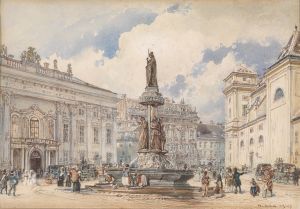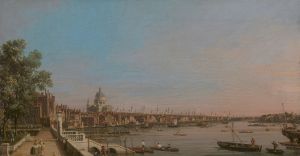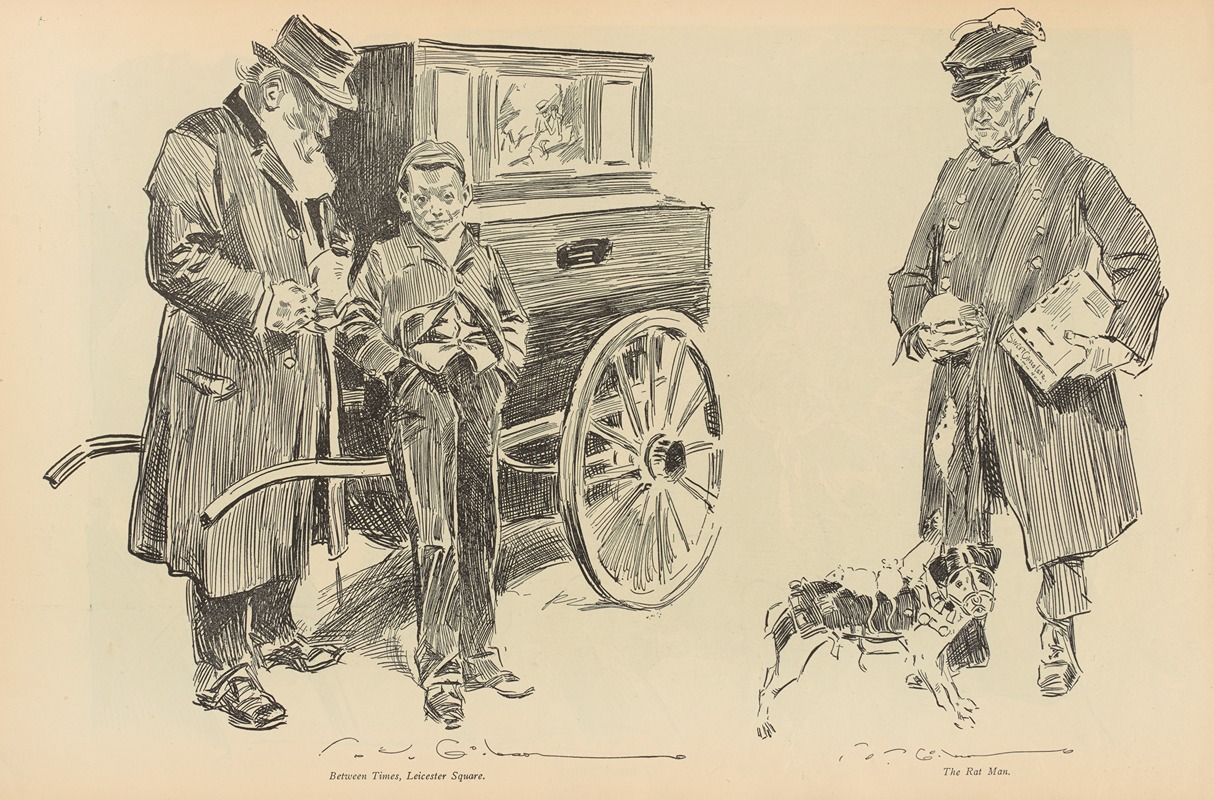
Between Times, Leicester Square
A hand-painted replica of Charles Dana Gibson’s masterpiece Between Times, Leicester Square, meticulously crafted by professional artists to capture the true essence of the original. Each piece is created with museum-quality canvas and rare mineral pigments, carefully painted by experienced artists with delicate brushstrokes and rich, layered colors to perfectly recreate the texture of the original artwork. Unlike machine-printed reproductions, this hand-painted version brings the painting to life, infused with the artist’s emotions and skill in every stroke. Whether for personal collection or home decoration, it instantly elevates the artistic atmosphere of any space.
Charles Dana Gibson was an influential American illustrator best known for his creation of the "Gibson Girl," an iconic representation of the independent and fashionable American woman at the turn of the 20th century. His work was widely published in magazines such as Life, Harper's Weekly, and Scribner's, and he became one of the most celebrated illustrators of his time.
"Between Times, Leicester Square" is one of Gibson's lesser-known works. While there is limited information available specifically about this piece, it is important to understand the context of Gibson's career and the significance of his work during the period in which he was active.
Charles Dana Gibson was born on September 14, 1867, in Roxbury, Massachusetts. He studied at the Art Students League in New York City, where he honed his skills in illustration. Gibson's career took off in the 1890s when his illustrations began appearing in prominent publications. The "Gibson Girl" emerged as a cultural phenomenon during this time, embodying the ideals of beauty, sophistication, and social grace.
Gibson's illustrations often depicted scenes of high society, capturing the elegance and style of the era. His work was characterized by its detailed line work and the ability to convey complex social interactions with subtlety and humor. The "Gibson Girl" became a symbol of the modern woman, influencing fashion and popular culture in the United States and beyond.
Leicester Square, located in the West End of London, has been a significant cultural and entertainment hub since the 19th century. It is known for its theaters, cinemas, and vibrant nightlife. While specific details about "Between Times, Leicester Square" are scarce, it is likely that the piece captures the lively atmosphere of this iconic location.
Gibson's work often reflected the social dynamics and cultural trends of his time. His illustrations were not only artistic expressions but also commentaries on the society in which he lived. The depiction of Leicester Square in his work may have been an exploration of the contrasts between different social classes or the changing nature of urban life at the turn of the century.
Throughout his career, Gibson continued to produce illustrations that resonated with the public. His influence extended beyond the realm of art, impacting fashion, advertising, and even the perception of gender roles. The "Gibson Girl" set a standard for beauty and independence that inspired generations of women.
In summary, while specific information about "Between Times, Leicester Square" by Charles Dana Gibson is limited, understanding the broader context of Gibson's work provides insight into the significance of his illustrations. His ability to capture the essence of an era and comment on societal changes made him a pivotal figure in American illustration.





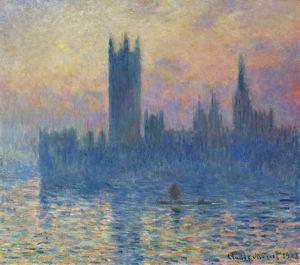
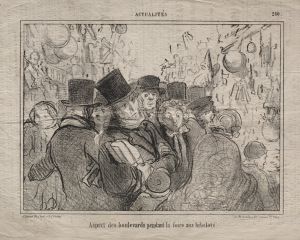
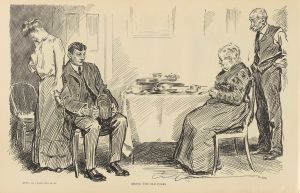
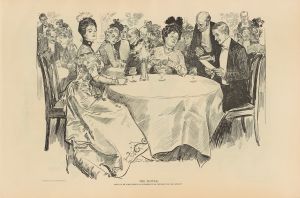
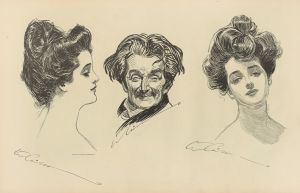
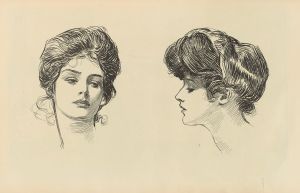
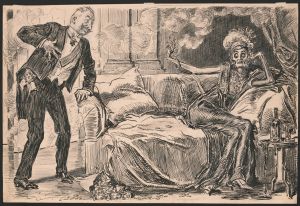
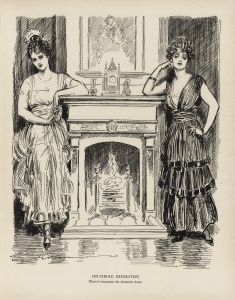
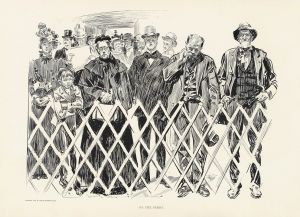

![Design for unidentified restaurant, possibly Dunhall’s Restaurant, New York, NY.] [Mural of masks and dancing figures](/imgs/249302/s/winold-reiss-design-for-unidentified-restaurant-possibly-dunhalls-restaurant-new-york-ny-mural-of-masks-and-dancing-figures-2b52066c.jpg)
![Studies of New York Coliseum, Columbus Circle, Convention Center.] [Color study perspective](/imgs/249444/s/winold-reiss-studies-of-new-york-coliseum-columbus-circle-convention-center-color-study-perspective-9184607e.jpg)
